Native to the enchanting landscapes of Transylvania, this exquisite bloom captivates with its delicate petals, vibrant hues, and rich cultural heritage.Belonging to the buttercup family, Ranunculaceae, Hepatica transsilvanica is a species of perennial herbaceous plant renowned for its early spring blooms. Emerging from the forest floor in late winter or early spring, this enchanting flower graces the landscape with its nodding, cup-shaped blossoms, which range in color from shades of pale lavender to deep violet-blue. Its exquisite petals, adorned with delicate veins and subtle variations in color, evoke a sense of ethereal beauty that captivates observers and pollinators alike.
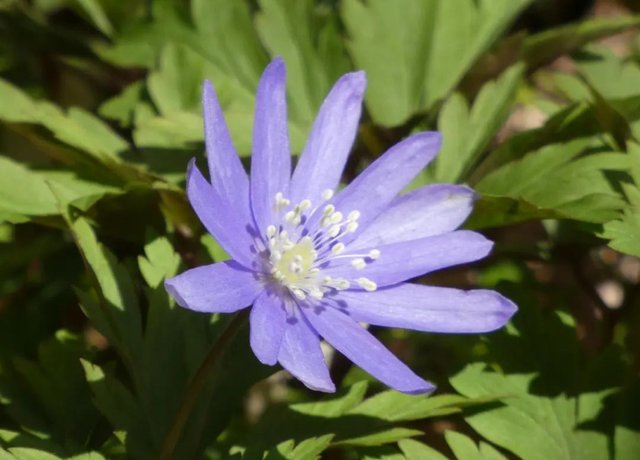
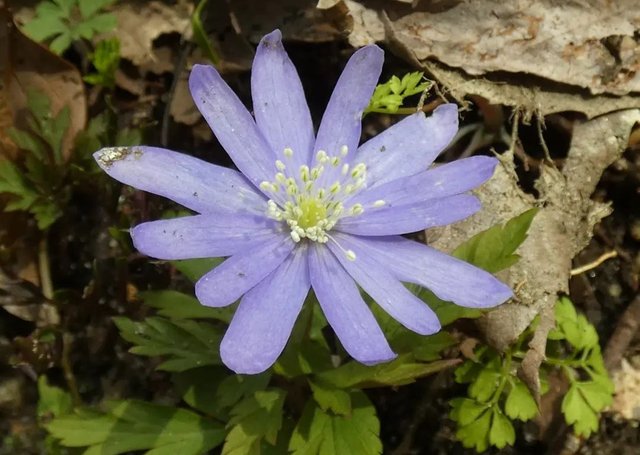
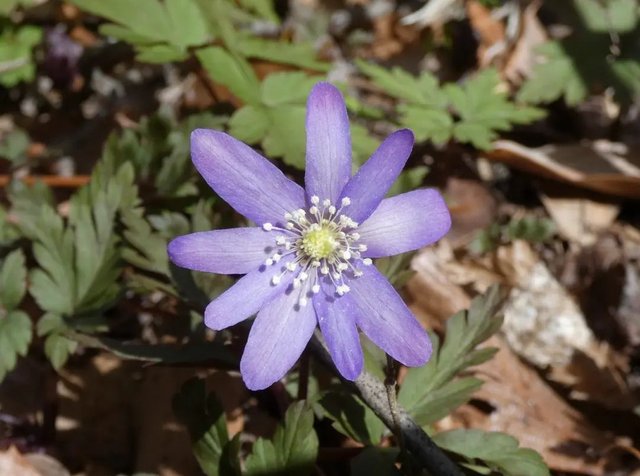
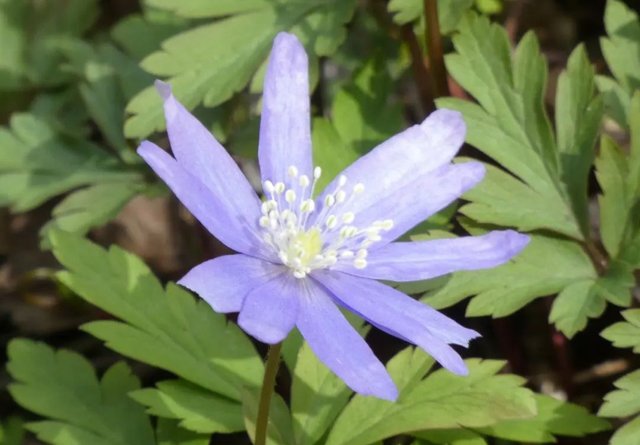
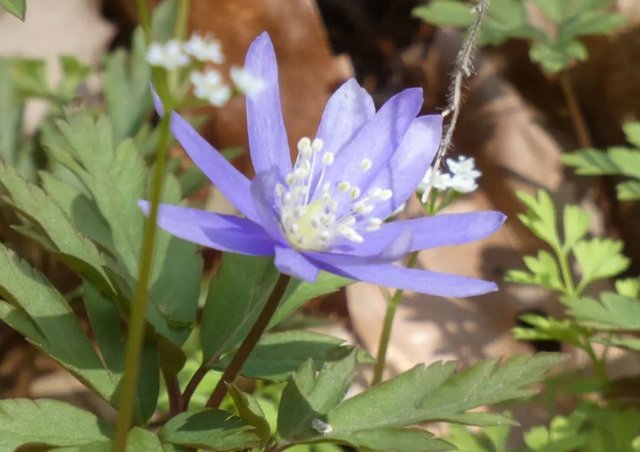
Endemic to the woodlands and mountainous regions of Transylvania, Romania, Hepatica transsilvanica thrives in habitats characterized by moist, well-drained soil and dappled shade. It is often found carpeting the forest floor beneath the canopy of deciduous trees, where it forms dense colonies and adds a splash of color to the understory. Its preference for cool, temperate climates and its ability to tolerate frost make it a resilient and adaptable species, capable of thriving in diverse ecological niches.The Hepatica transsilvanica flower holds deep cultural significance in the folklore and traditions of Transylvania and the broader Carpathian region. In Romanian folklore, it is associated with myths and legends of the natural world, where it symbolizes renewal, rebirth, and the cyclical rhythms of nature. Its early spring blooms mark the transition from winter dormancy to the awakening of new life, making it a harbinger of hope and vitality in local folklore and customs.